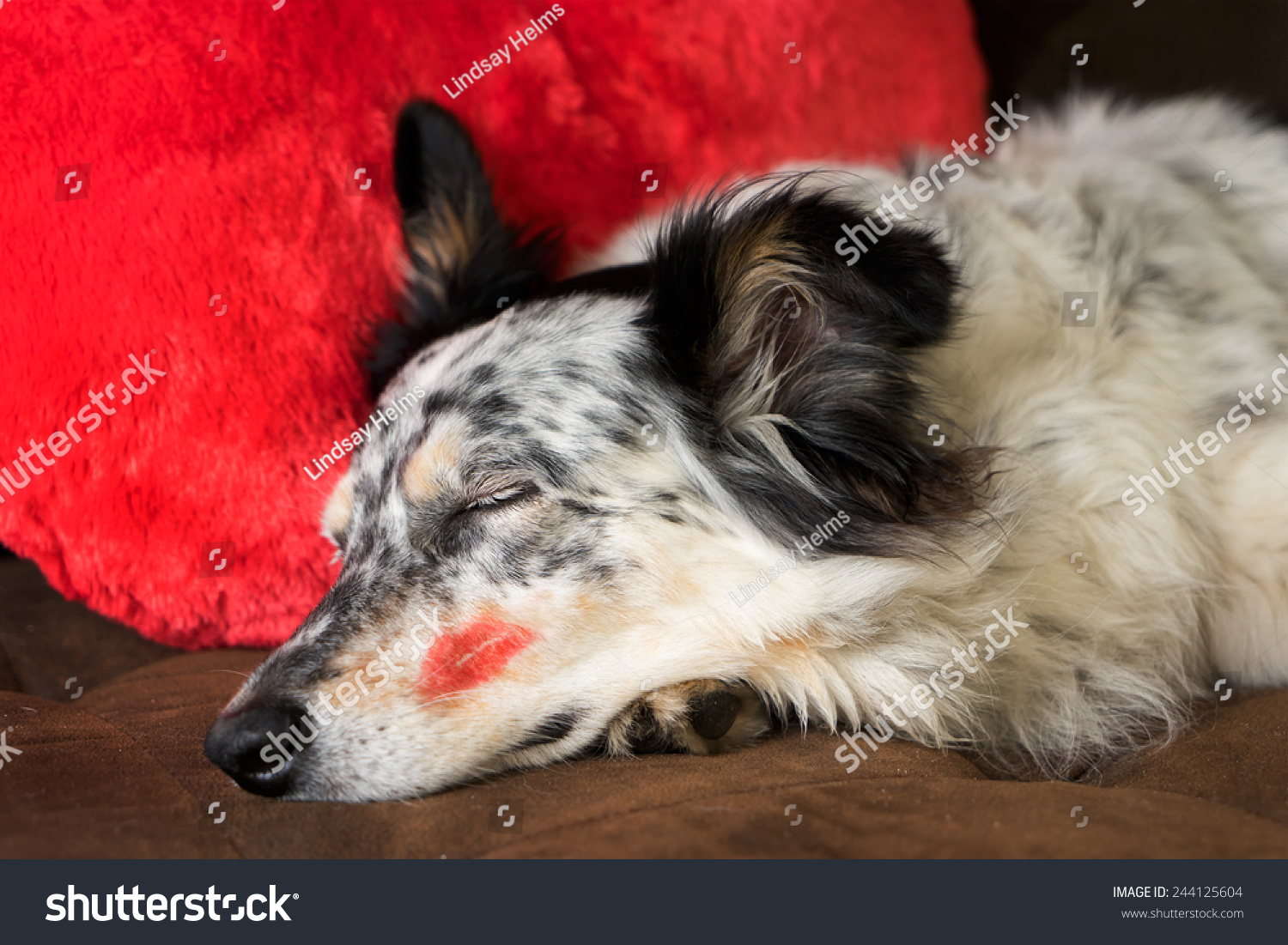It’s likely that the majority of people have seen a merle Australian shepherd without understanding what it is. An Australian shepherd, to be precise. The traditional color for Australian Shepherd Blue Merle, which is unusual for other dog breeds.
Fans of this fluffy herding dog recognize him or her by his or her palette of colors even if they don’t know the breed’s official name.
What Is A Border Collie Australian Shepherd Mix
Border Collie Australian Shepherds are Border Collie Australian Shepherd Mix.
The Australian Shepherd is European (near the Pyrenees Mountains). The English imported Pyrenean shepherds to Australia in the early 1800s and developed them into the Australian Shepherd.
Border Collies have a convoluted history. They originated in Britain when the Romans and Vikings came. A breed with nimble herding characteristics was created by crossing Roman and Viking dogs. Old Hemp, a dog born in 1893, bred several Border Collies.
Merle Is A Genetic Mutation
It is more common in some dog breeds. This mutation has gained notoriety in the Australian Shepherd Blue Merle. The dog’s hair and skin become spotted and blotchy as a result of the gene. Spots of varying sizes on an otherwise uniform backdrop is a lyrical way of expressing it. The coat pattern of each merle dog varies.
Skin around the eyes, nose, and even the soles of the feet may get infected. These areas on an Australian shepherd might be black, brown, or speckled with pink. The same may be said of their peculiar eyes. You can get them in a variety of colors, including brown, blue, and even a mix of both! Their irises, like their skin and coats, may have irregular patches of color.
Australian Shepherds Have Blue And Red Merles
These two groups might vary. Australian Shepherd Blue Merle might be solid, white, or white and copper. The “solid” blue merle may have white markings on the breast, underbelly, or face. (We’re figuring it out.) Red merles share subcategories.
Many prospective merle dog owners wonder whether the beautiful pattern would ever disappear. It’s dog’s fur pigment, not hair dye! Australian Shepherd Blue Merle may darken with age, unlike other merles.
An Australian Shepherd With The Merle Gene Is Termed A Ghost Merle Or Cryptic Merle
This implies you can’t determine whether a dog is merle just by looking at it. Even if there are hints, they may be too tiny to see through large areas of white fur. A genetic test on the dog would be required to confirm the diagnosis. Especially when breeding a proven or evident Australian Shepherd Blue Merle, this is a crucial step to take.
White Australian Shepherds Are Rarest
This is due to the fact that mating two merle parents is almost the only method to produce a white puppy. Since of this, the white puppy would be a double merle because it would have two copies of the mutation. Extremely seldom does a pure white Australian shepherd lack any merle genes at all.
Merle Pups Are Produced By Mating A Merle Australian Shepherd With A Non-Merle One
There are no non-Australian shepherds in the ensuing litter. Purebred. Merle is a semi-dominant characteristic, meaning that it has a high chance of being passed on to future generations but is not absolutely guaranteed. There would virtually certainly be merle pups in the subsequent litter. Two Australian Shepherd Blue Merle might theoretically produce more merle puppies, however this is not done owing to the dangers of twin merles.
AKC Accepts The Australian Shepherd As Merle
On its Breed Standard, merle is mentioned as the first color option, although in other breeds that have the merle mutation, it is often included as an afterthought.
Merles Of Any Breed Mate Genetically. Mm Indicates Non-Merle Dogs. Mm Denotes A Dog With It
The M will dominate the breeding process, increasing the likelihood that at least half of the litter will be merle. A double Australian Shepherd Blue Merle, denoted by the letters MM, is a real possibility. In this situation, the huge Ms often dominate (thus the gene being semi-dominant) and may produce an all merle litter even if mated with a non-merle (mm).
There is a special designation for ghost merles. Their CR/Mc status is optional. They are just as likely to transmit the gene on as any other merle. This highlights the significance of genetic testing. Without proper identification, marrying a ghost merle with a normal merle may produce CRM, a ghost double merle, which is both a vulnerable dog and a threat to future generations.
A Double Merle Dog Has Two Merle Parents (Be It Mm Or CR)
While most Australian Shepherd Blue Merle have a merle pattern, this group also includes the very uncommon white Australian shepherd. Any white person who isn’t a merle is feasible but quite unlikely. What makes this issue so crucial? The double mutation in double merles virtually certainly causes health issues.
If they aren’t born that way, they commonly develop the condition. To ensure the dogs and the people’s safety, a dog with such chronic conditions need round-the-clock care and attention. It’s not probable to be able to live a typical life. The inherent health hazards of breeding double merles are unacceptable, since they will be passed on to the kids.
Surprisingly, Australian Shepherds Are Healthier Merles
The condition of the breed’s ears and eyes is a major concern for many others. Indeed, even lone merles. These more serious health issues only appear in double-bred Australian Shepherd Blue Merle. Aside from the risks of hip dysplasia, cataracts, and epilepsy, merle Australian shepherds have good health. There are a number of other major health issues that may affect Australian shepherds, including hypothyroidism, Collie nose, and cancer.
Depending On The Breeder, They Cost $1,200–$2,500
The cost of an Australian shepherd is the industry benchmark since the breed is almost invariably merle. An Australian Shepherd Blue Merle is not likely to fetch a higher price than a standard black or tan one.






